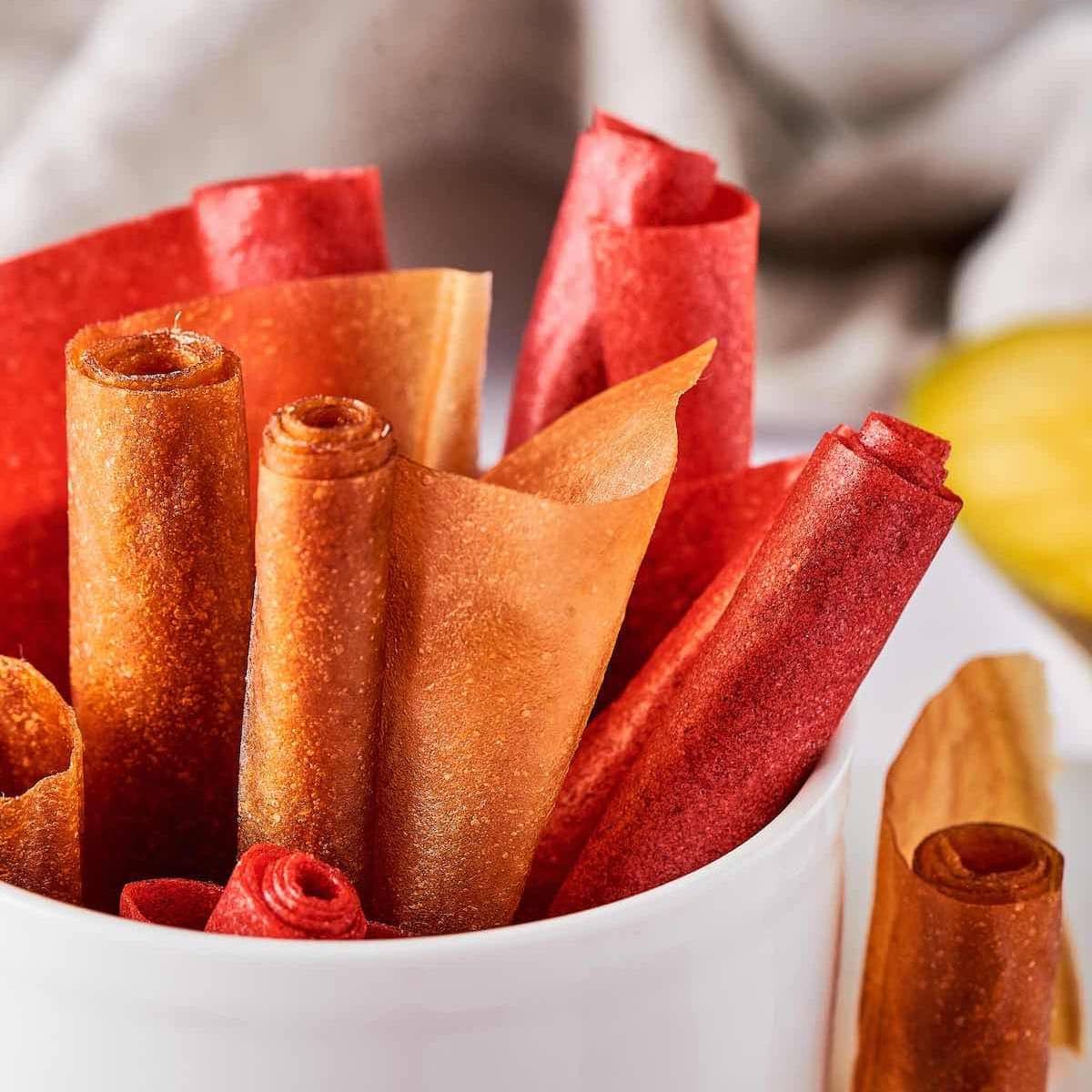

Articles
How To Store Fruit Leather
Modified: December 7, 2023
Learn how to store fruit leather to keep it fresh and flavorful for longer. Read our articles for helpful tips and tricks.
(Many of the links in this article redirect to a specific reviewed product. Your purchase of these products through affiliate links helps to generate commission for Storables.com, at no extra cost. Learn more)
Introduction
Fruit leather, also known as fruit roll-ups, is a delicious and nutritious snack made by pureeing and dehydrating fruits. With its vibrant colors and intense flavors, fruit leather is a popular choice for both kids and adults. Whether you make your own fruit leather at home or purchase it from a store, proper storage is essential to maintain its taste and texture over time.
In this article, we will explore the best practices for storing fruit leather to ensure its longevity and freshness. We will discuss how to choose the right fruits, prepare the fruit leather, dry it properly, and store it in a way that preserves its flavor and quality. Additionally, we will share some valuable tips and tricks to optimize the storage process.
By following these guidelines, you can prolong the shelf life of your fruit leather and enjoy it for months to come. So, let’s dive in and discover the secrets to successfully storing fruit leather!
Key Takeaways:
- Choose ripe, fresh, and in-season fruits for the best homemade fruit leather. Experiment with flavor combinations and textures to create unique and delicious snacks that everyone will love.
- Properly store fruit leather in a cool, dry place or freeze it for extended freshness. Label, date, and follow rehydration tips to optimize storage and enjoy a variety of flavors for months to come.
Read more: How To Store Homemade Fruit Leather
Choosing the Right Fruits
The first step in creating delicious fruit leather is to choose the right fruits. Selecting fruits that are ripe, flavorful, and in season will ensure that your fruit leather has the best taste and texture. Here are a few key considerations when choosing fruits for your homemade fruit leather:
- Freshness: It is always best to use fresh fruits for making fruit leather. Look for fruits that are firm, free from bruises or blemishes, and have a sweet aroma.
- Ripeness: Choose fruits that are fully ripe as they will provide the best flavor and sweetness. Avoid using overripe fruits as they can make the fruit leather too mushy.
- Flavor Combination: Experiment with different fruit combinations to create unique and delicious flavors. For example, you can mix strawberries and bananas for a classic combination or try more exotic blends like mango and pineapple.
- Texture: Consider the texture of the fruits you choose. Some fruits, like berries, may have seeds that can interfere with the smoothness of the fruit leather. Removing seeds or using seedless fruits can help create a smoother texture.
- Seasonality: Choose fruits that are in season for the best quality and flavor. Seasonal fruits are often more affordable and easier to find. Plus, they tend to have a higher nutrient content.
Remember to wash and dry your fruits thoroughly before using them for fruit leather. Remove any stems, seeds, or peels as required. By selecting the right fruits and preparing them properly, you are setting the stage for a delicious and successful fruit leather recipe.
Preparing the Fruit Leather
Once you have chosen your fruits, it’s time to prepare them for the fruit leather-making process. Proper preparation ensures that the fruit leather turns out smooth, flavorful, and easy to handle. Here are the steps to follow:
- Wash and Chop: Start by washing the fruits under cool running water to remove any dirt or residue. Next, peel the fruits if necessary and remove any seeds or pits. Chop the fruits into small pieces to make them easier to puree.
- Puree the Fruits: Place the chopped fruits in a blender or food processor and blend until smooth and well combined. If the mixture is too thick, you can add a splash of water or fruit juice to help with the blending process.
- Sweeten (Optional): Depending on the natural sweetness of the fruits you are using, you may choose to add a sweetener like honey, maple syrup, or sugar. Taste the puree and adjust the sweetness according to your preference.
- Flavor Enhancements (Optional): You can also add additional flavorings like vanilla extract, lemon juice, or spices such as cinnamon or nutmeg to enhance the taste of the fruit leather. Be mindful of the quantities used, as a little goes a long way.
- Spread the Mixture: Prepare a baking sheet or a dehydrator tray lined with a silicone baking mat or parchment paper. Pour the fruit puree onto the surface and use a spatula to spread it evenly, ensuring a thickness of about¼ to ⅛ inch.
By following these steps, you will have a smooth and well-prepared fruit puree ready for the drying process. The puree should be evenly spread to ensure even dehydration and consistent texture in the final fruit leather.
Drying the Fruit Leather
After preparing the fruit puree, it’s time to dry it to transform it into delicious fruit leather. Drying removes the moisture from the puree, resulting in a chewy, pliable texture. Here are the steps to effectively dry your fruit leather:
- Oven Method: If you don’t have a food dehydrator, you can use your oven to dry the fruit leather. Preheat the oven to its lowest temperature, usually around 140°F (60°C). Place the baking sheet with the fruit puree in the oven and prop the oven door open slightly to allow moisture to escape. Check the fruit leather periodically to ensure it is drying evenly.
- Dehydrator Method: If you have a food dehydrator, follow the manufacturer’s instructions for drying fruit leather. Typically, you will spread the fruit puree on the dehydrator’s tray and set the temperature to around 135°F (57°C). Leave it to dry for several hours, or until the fruit leather is no longer sticky to the touch.
- Drying Time: The drying time for fruit leather can vary depending on various factors, such as the thickness of the puree, the moisture content of the fruits, and the drying method used. Generally, it can take anywhere from 4 to 8 hours for the fruit leather to dry completely. Keep an eye on it and test for dryness by touching the surface – it should be sticky-free when ready.
It’s important to note that the drying time may vary, so patience and periodic checking are key. Once the fruit leather is dried, remove it from the oven or dehydrator and let it cool completely on the baking sheet before moving on to the next step.
Drying the fruit puree properly ensures that it becomes pliable and easy to roll. Make sure to adjust the drying time according to the thickness of the puree to achieve the desired texture.
Store fruit leather in an airtight container or resealable plastic bag at room temperature for up to 1 month. For longer storage, keep it in the refrigerator for up to 6 months or in the freezer for up to a year.
Storing the Fruit Leather
Proper storage is crucial to maintain the taste, texture, and freshness of your homemade fruit leather. Here are some tips on how to store fruit leather effectively:
- Cut into Pieces: Start by cutting the dried fruit leather into desired sizes or shapes using a sharp knife or kitchen scissors. This will make it easier to portion and handle when it comes time to enjoy.
- Stack and Roll: Stack the individual fruit leather pieces on top of each other, ensuring there is a layer of parchment paper or wax paper between each layer. Gently roll them up to create a compact roll.
- Airtight Container: Place the rolled fruit leather in an airtight container to protect it from exposure to air, humidity, and potential contaminants. A mason jar or a zip-top bag works well for this purpose. Make sure the container is clean and dry before storing.
- Cool and Dry Location: Store the fruit leather in a cool, dry place away from direct sunlight or heat sources. Excessive heat and light can cause the fruit leather to degrade and lose its flavor and texture more quickly.
By following these storage steps, you can extend the shelf life of your fruit leather and keep it fresh for longer periods. Properly stored fruit leather can typically last for several months, although it’s best to consume it within the first few weeks for the best quality.
It’s important to note that homemade fruit leather may have a shorter shelf life compared to commercially packaged ones due to the absence of preservatives. Therefore, monitoring its freshness and consuming it within a reasonable timeframe is recommended.
Now that you know how to store your fruit leather properly, you can enjoy this tasty and nutritious snack whenever you crave a burst of fruity goodness!
Read more: How To Make Fruit Leather In A Dehydrator
Tips and Tricks for Fruit Leather Storage
In addition to the basic guidelines for storing fruit leather, here are some additional tips and tricks to optimize the storage process:
- Label and Date: To keep track of the freshness of your fruit leather, label the container or bag with the date it was made. This will help you ensure that you consume the oldest fruit leather first.
- Freezing: If you want to prolong the shelf life of your fruit leather, freezing is an option. Wrap the cut pieces individually in plastic wrap or parchment paper, then place them in a freezer-safe container or airtight bag. Frozen fruit leather can last for several months.
- Rehydration: If your fruit leather becomes too dry or loses its chewiness over time, you can rehydrate it by placing it in a sealed container with a slice of fresh apple or a damp paper towel. Leave it overnight, and the fruit leather will regain some of its moisture.
- Flavor Variety: To enjoy a variety of flavors, consider making different types of fruit leather and storing them separately. This way, you can easily grab the flavor you’re in the mood for without having to sort through different rolls.
- Use Moisture Absorbers: To prevent moisture buildup in your storage container, you can add moisture absorbers such as silica gel packets or rice to help maintain the dryness of the fruit leather.
- Avoid Storing Near Strong Odors: Fruit leather can absorb strong odors from nearby foods, so it’s best to avoid storing it near pungent items like onions or garlic. This will help preserve the natural flavor of the fruit leather.
Following these tips and tricks will ensure the longevity and quality of your fruit leather. Whether you choose to store it at room temperature or freeze it, these methods will help you enjoy your homemade fruit leather for months on end.
Remember, while proper storage techniques can help preserve the texture and taste of fruit leather, it’s always recommended to consume it within a reasonable timeframe for the best experience.
Conclusion
Storing fruit leather properly is essential to maintain its flavor, texture, and freshness. By choosing ripe and flavorful fruits, preparing the fruit puree correctly, and drying it to perfection, you set the stage for delicious homemade fruit leather. Additionally, following the right storage techniques helps preserve the quality of the fruit leather over time.
Remember to cut the fruit leather into manageable pieces, stack and roll them with parchment paper or wax paper in between, and store them in an airtight container in a cool, dry place. If you prefer to extend its shelf life, freezing is an excellent option.
Furthermore, labeling and dating your fruit leather, rehydrating it when necessary, and avoiding strong odors will optimize the storage process. These tips and tricks ensure that you can enjoy your homemade fruit leather for an extended period and indulge in a variety of flavors whenever the craving strikes.
So go ahead and store your fruit leather with care, and enjoy the convenience of having a nutritious and delicious snack at your fingertips. With the right storage techniques, your homemade fruit leather will retain its vibrant colors, intense flavors, and chewy texture, making it a delightful treat for both kids and adults alike.
Now that you have the knowledge and the tips to store your fruit leather effectively, it’s time to savor the fruits of your labor and enjoy the goodness of this tasty snack for months to come!
Frequently Asked Questions about How To Store Fruit Leather
Was this page helpful?
At Storables.com, we guarantee accurate and reliable information. Our content, validated by Expert Board Contributors, is crafted following stringent Editorial Policies. We're committed to providing you with well-researched, expert-backed insights for all your informational needs.
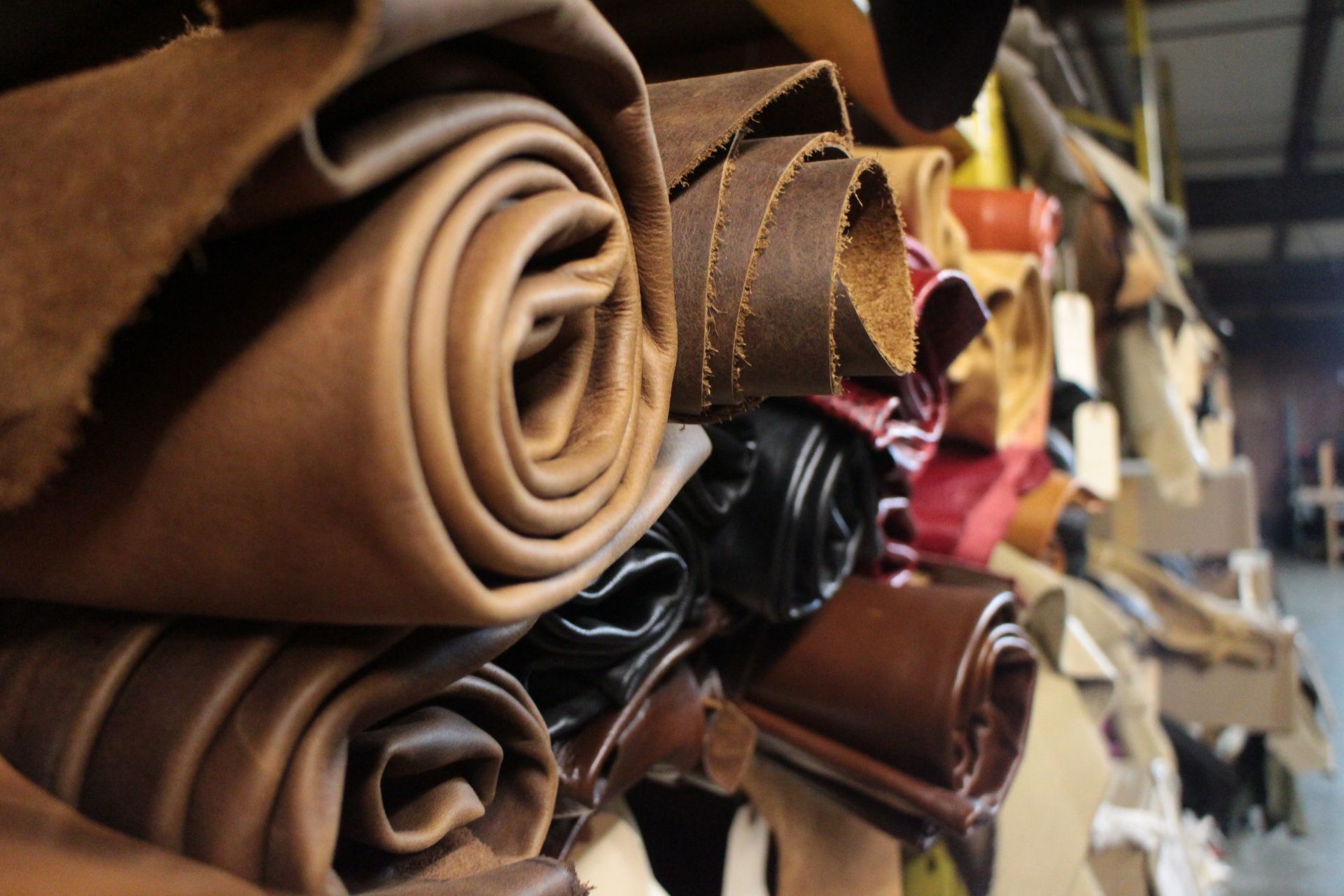

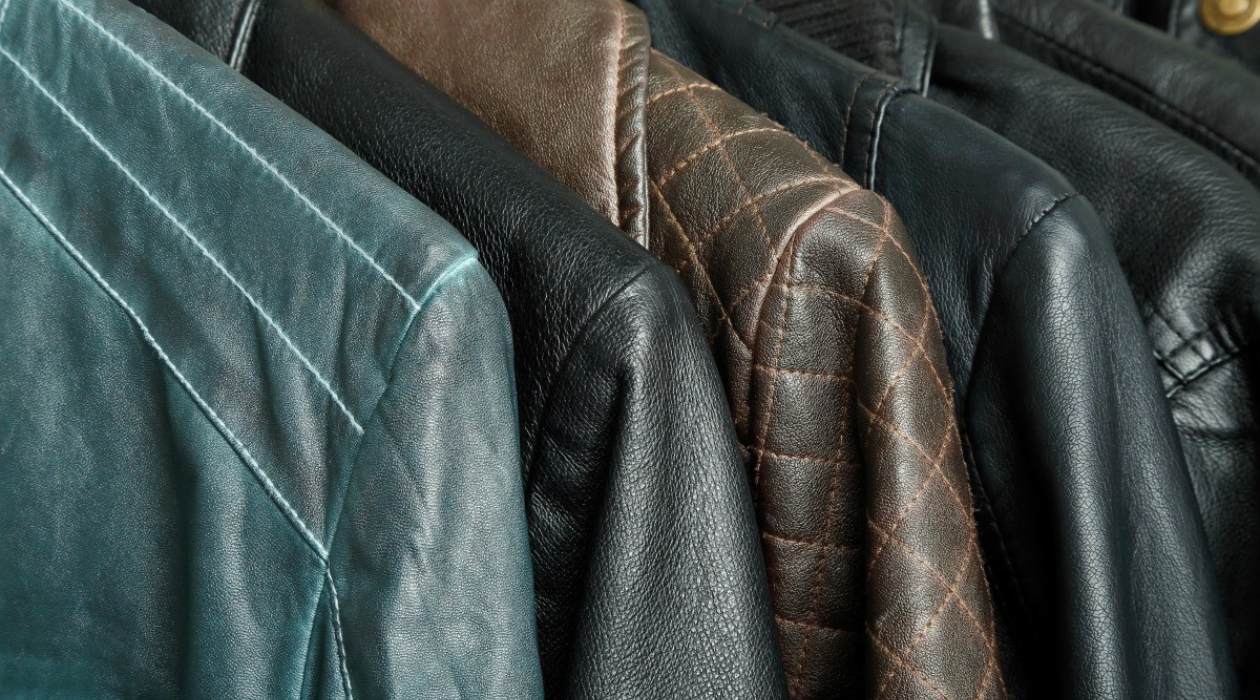
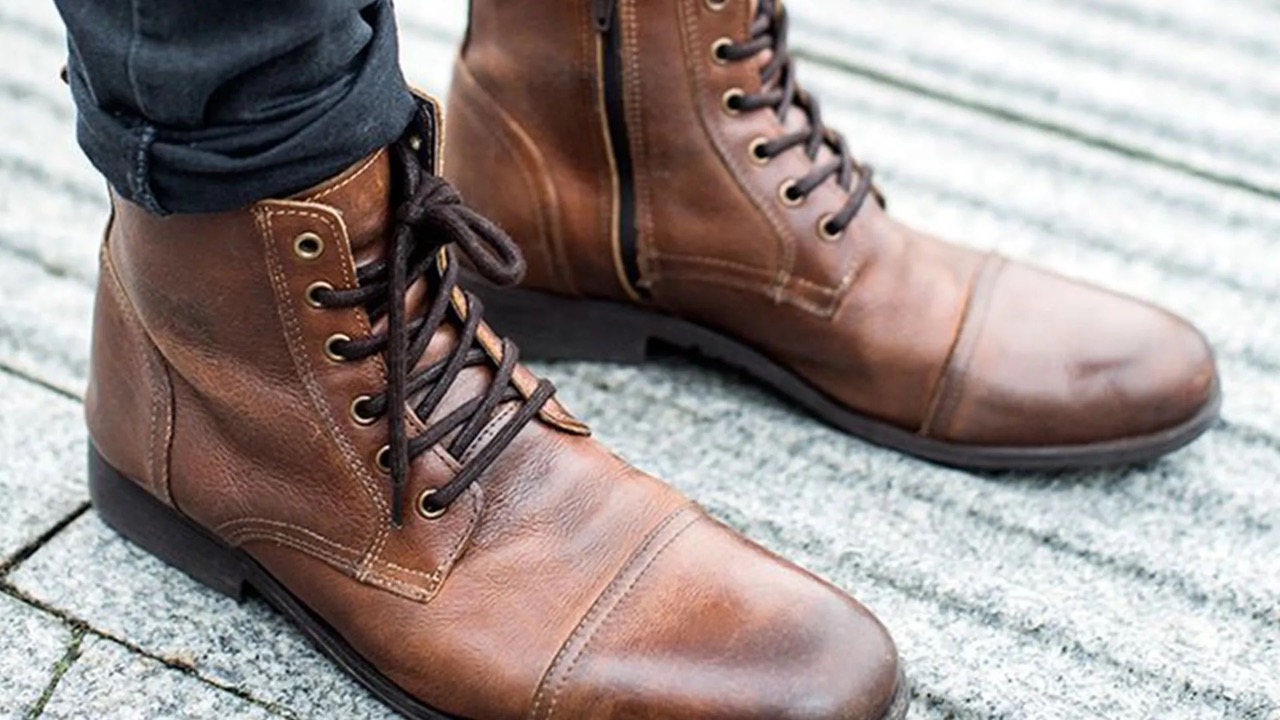

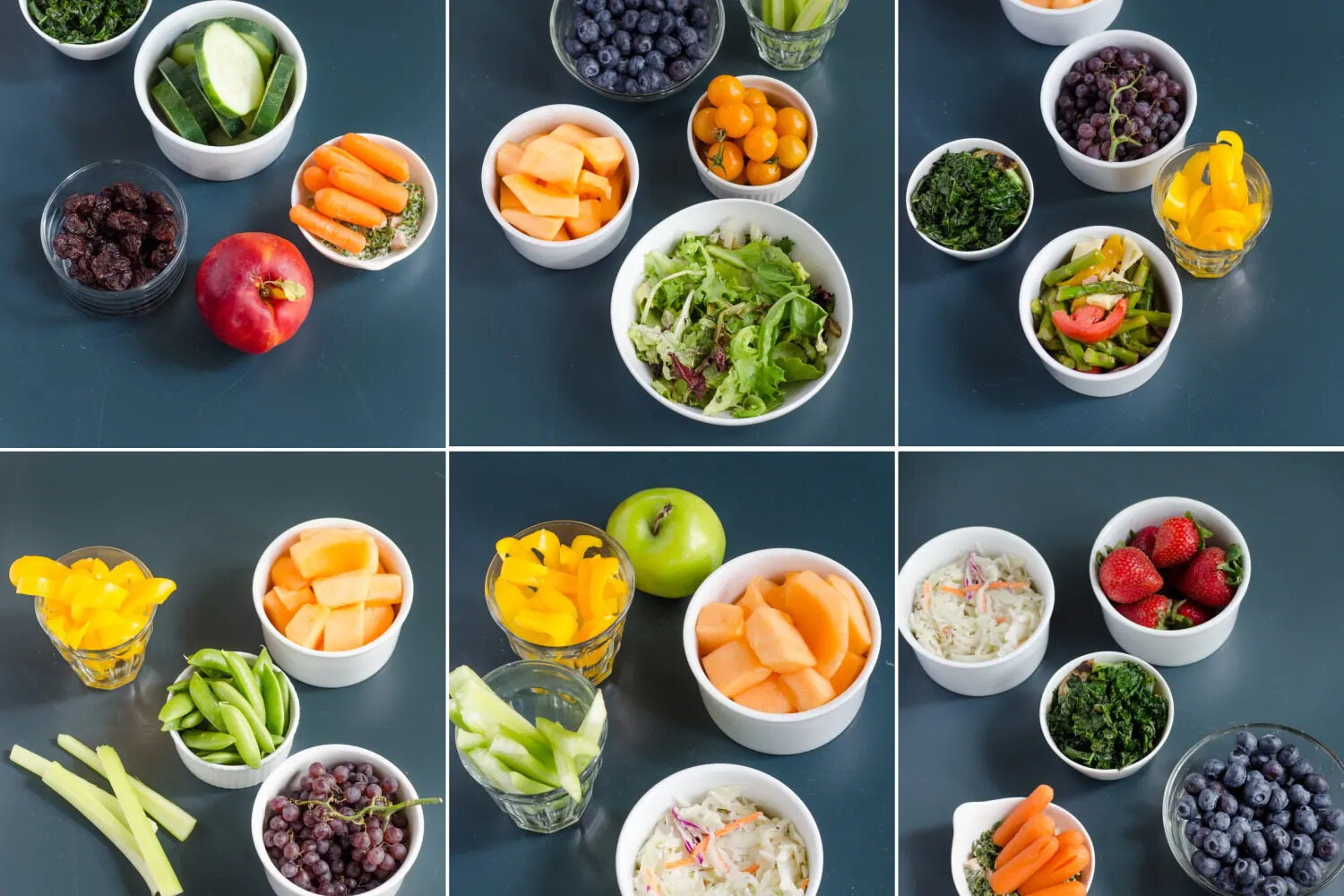
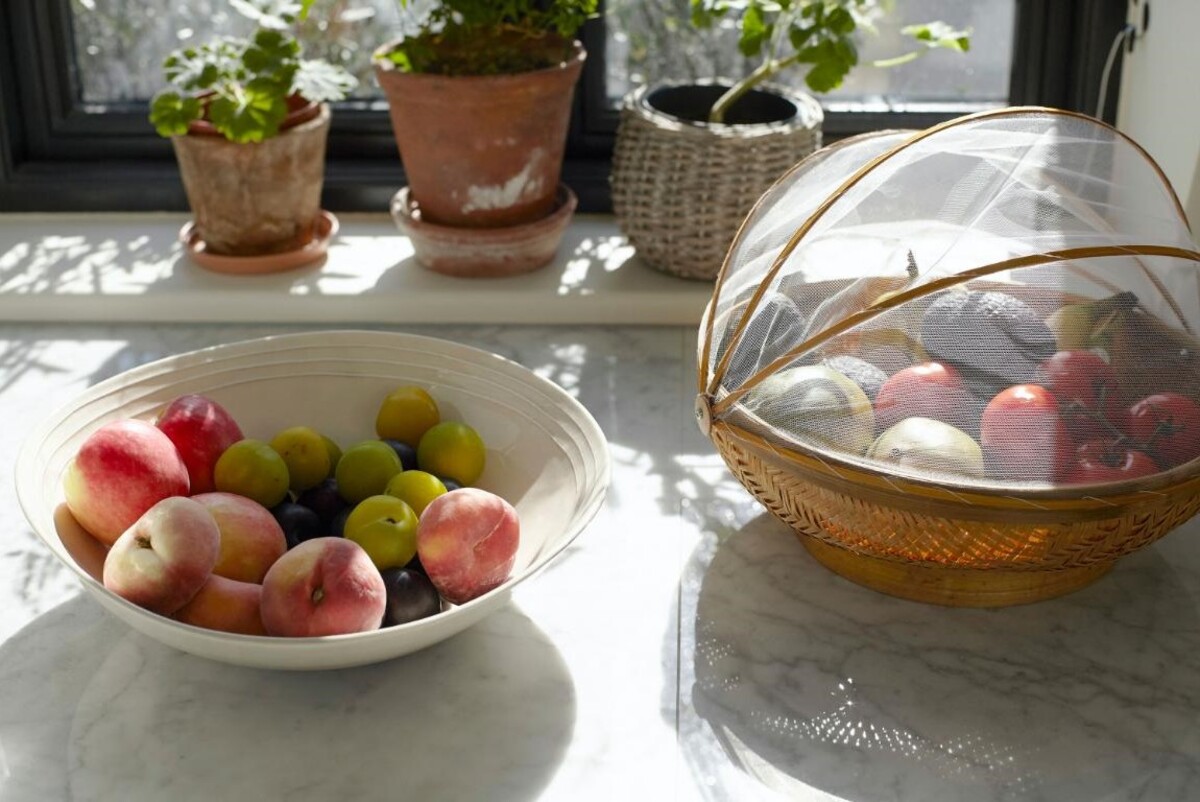
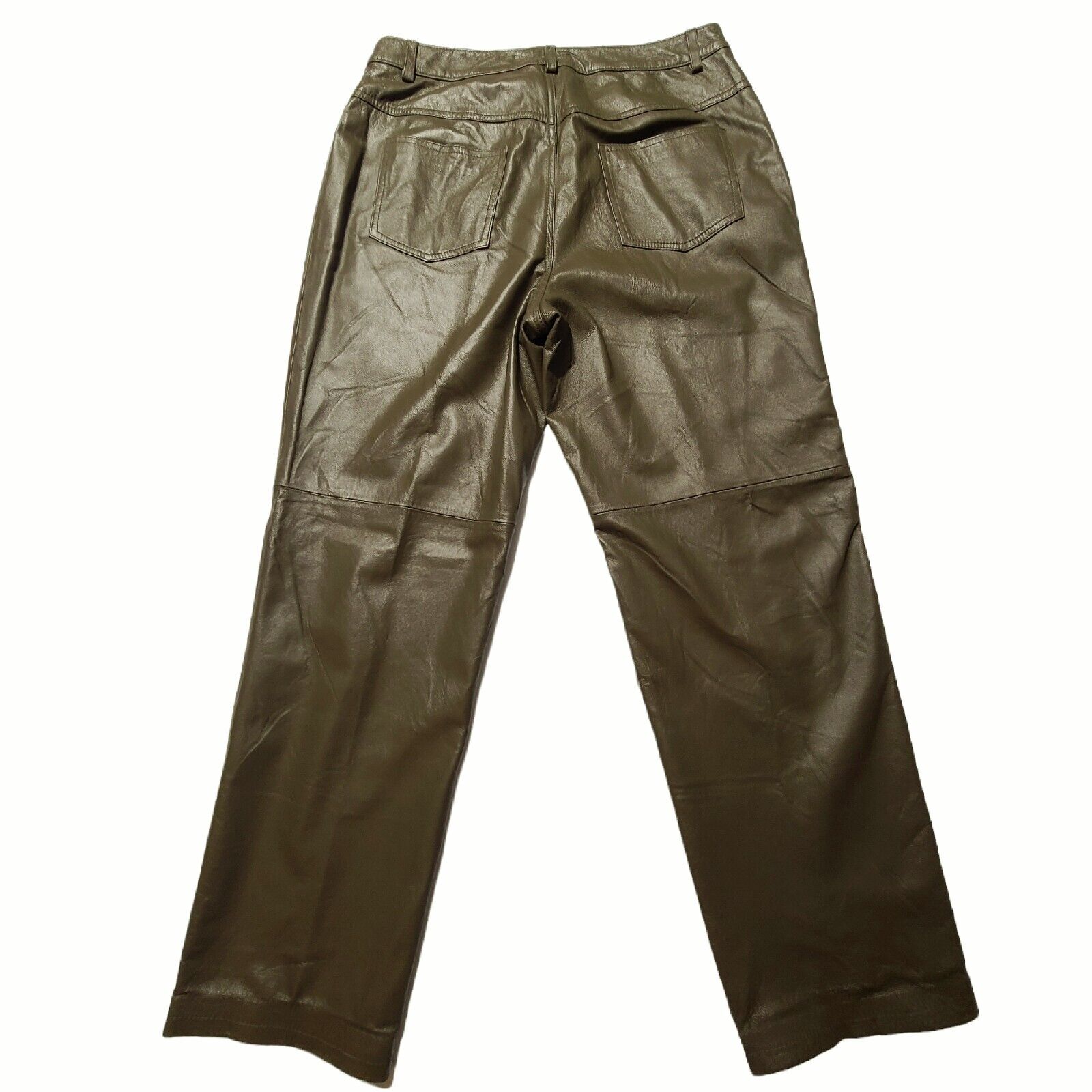
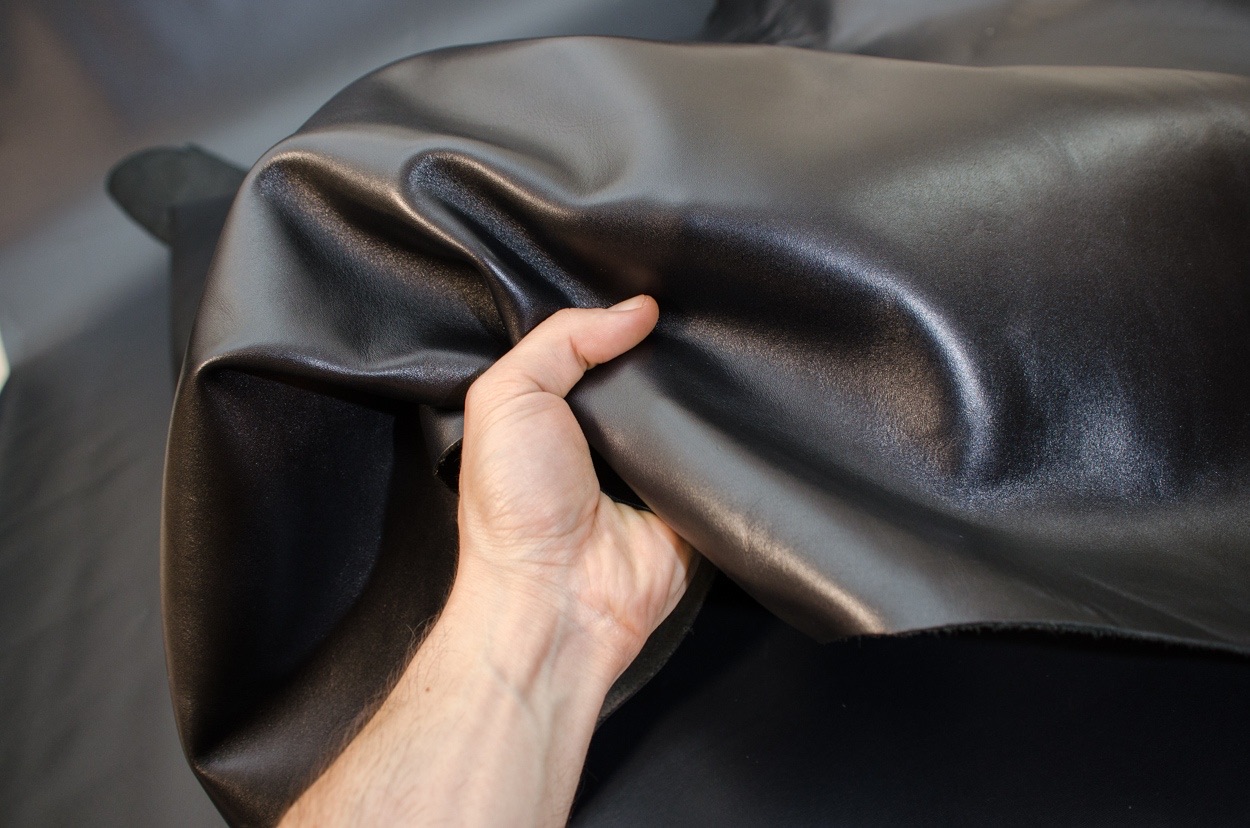

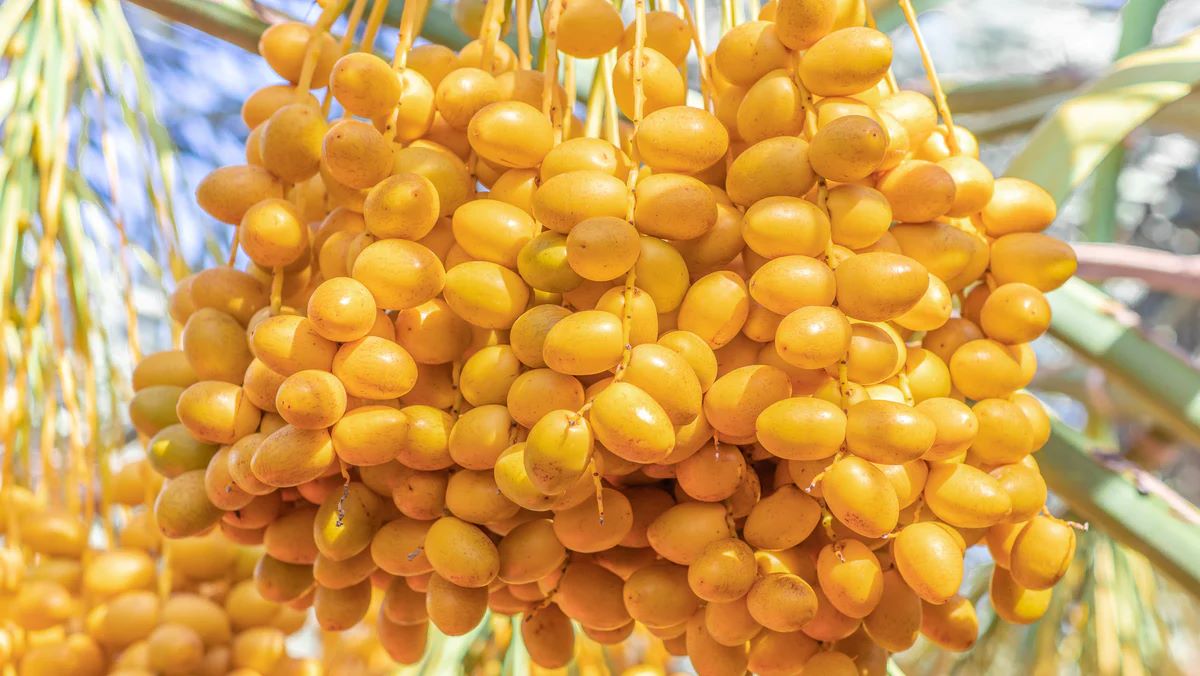

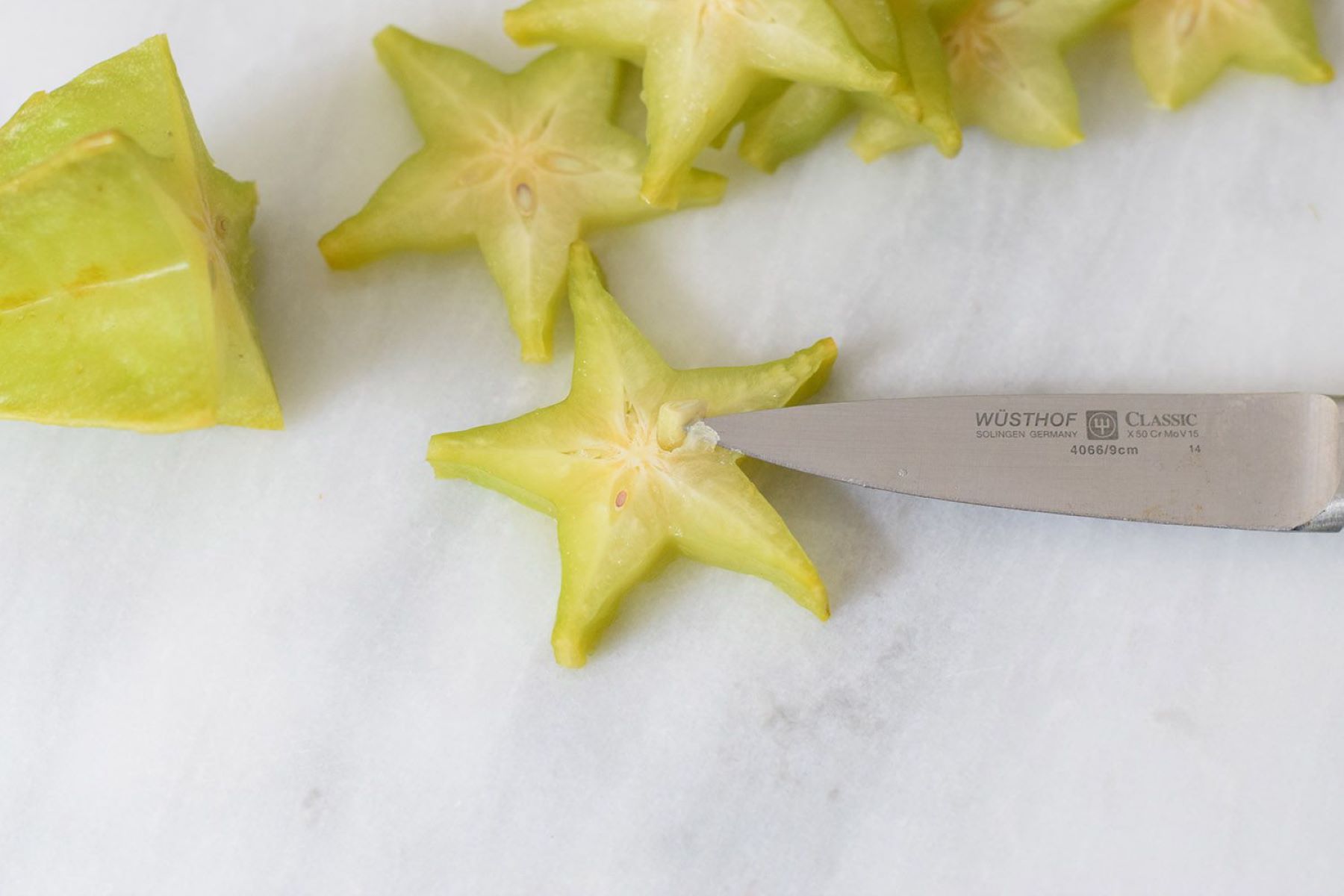
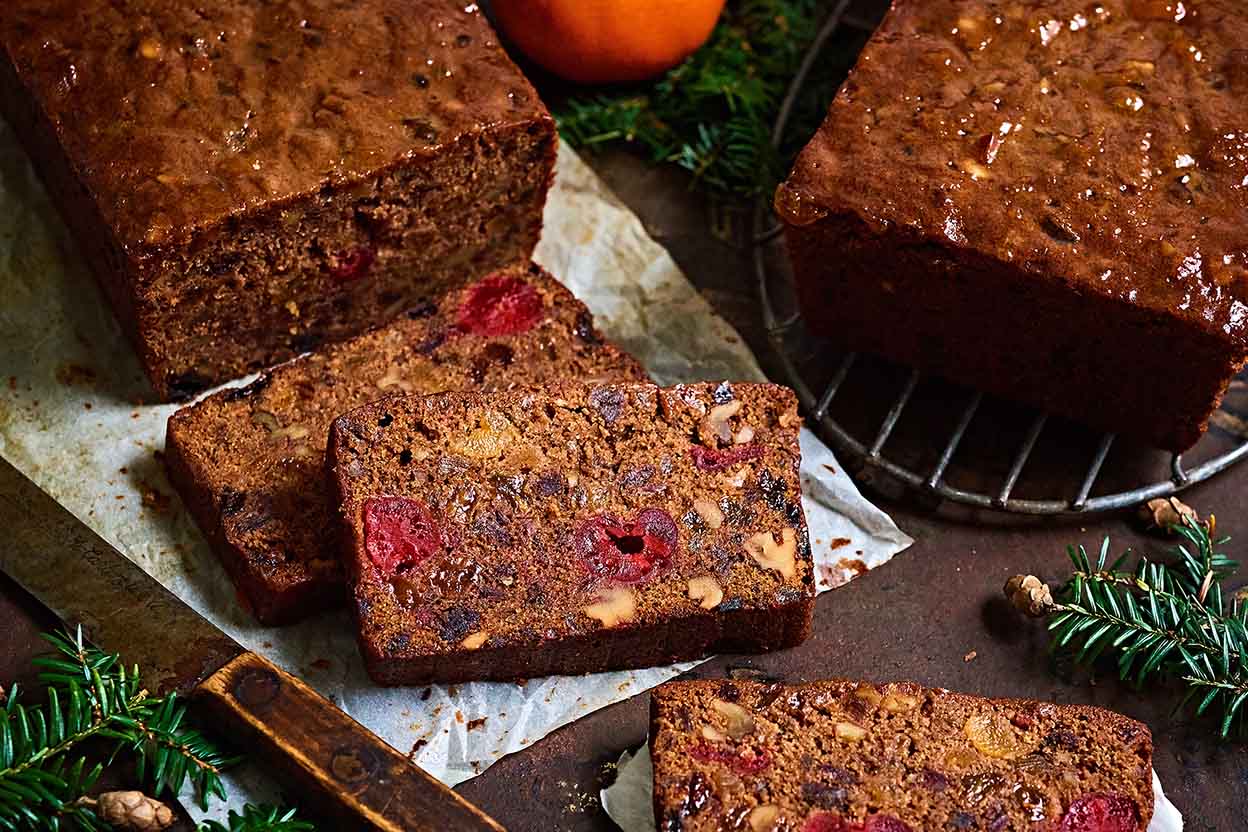

0 thoughts on “How To Store Fruit Leather”